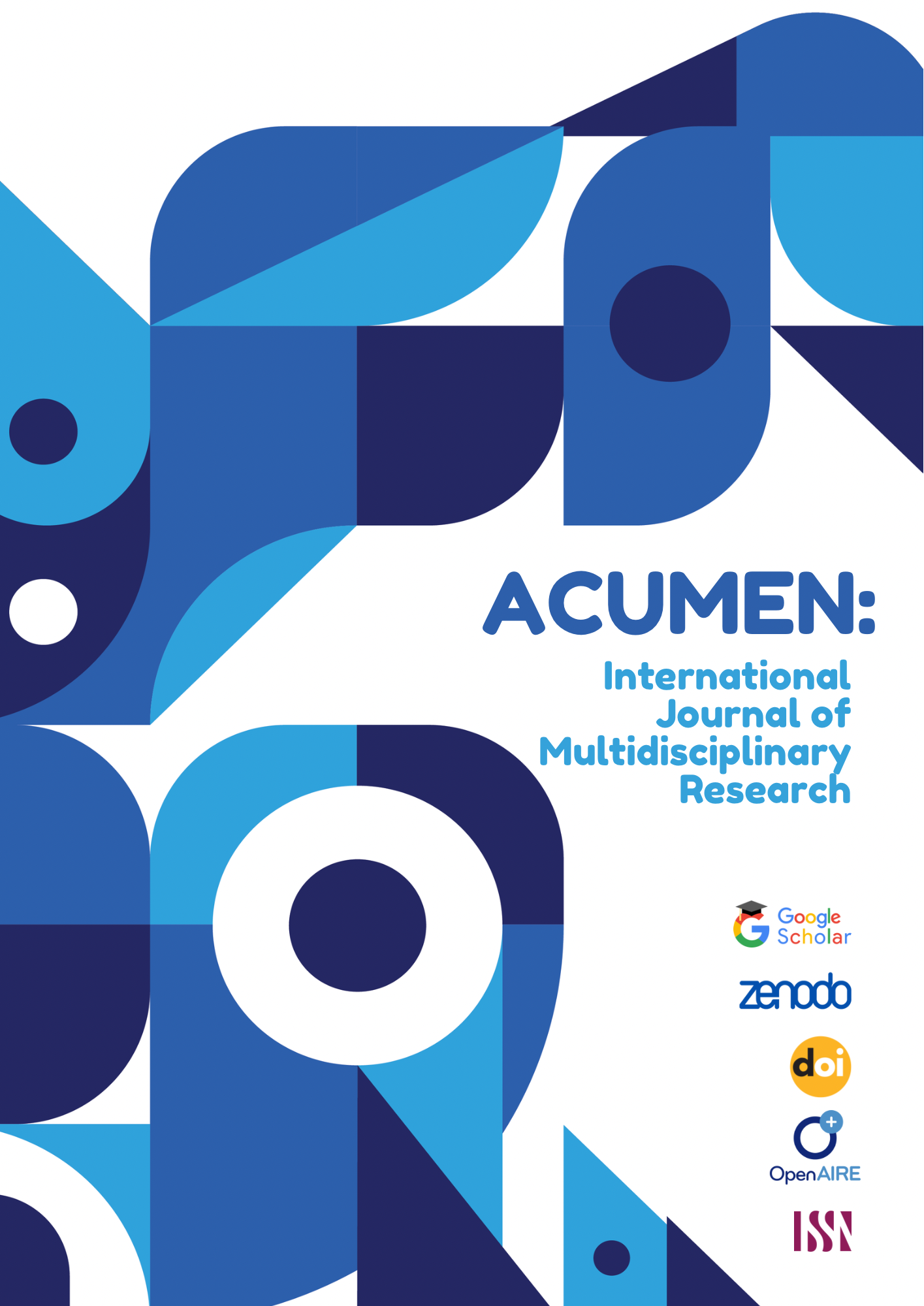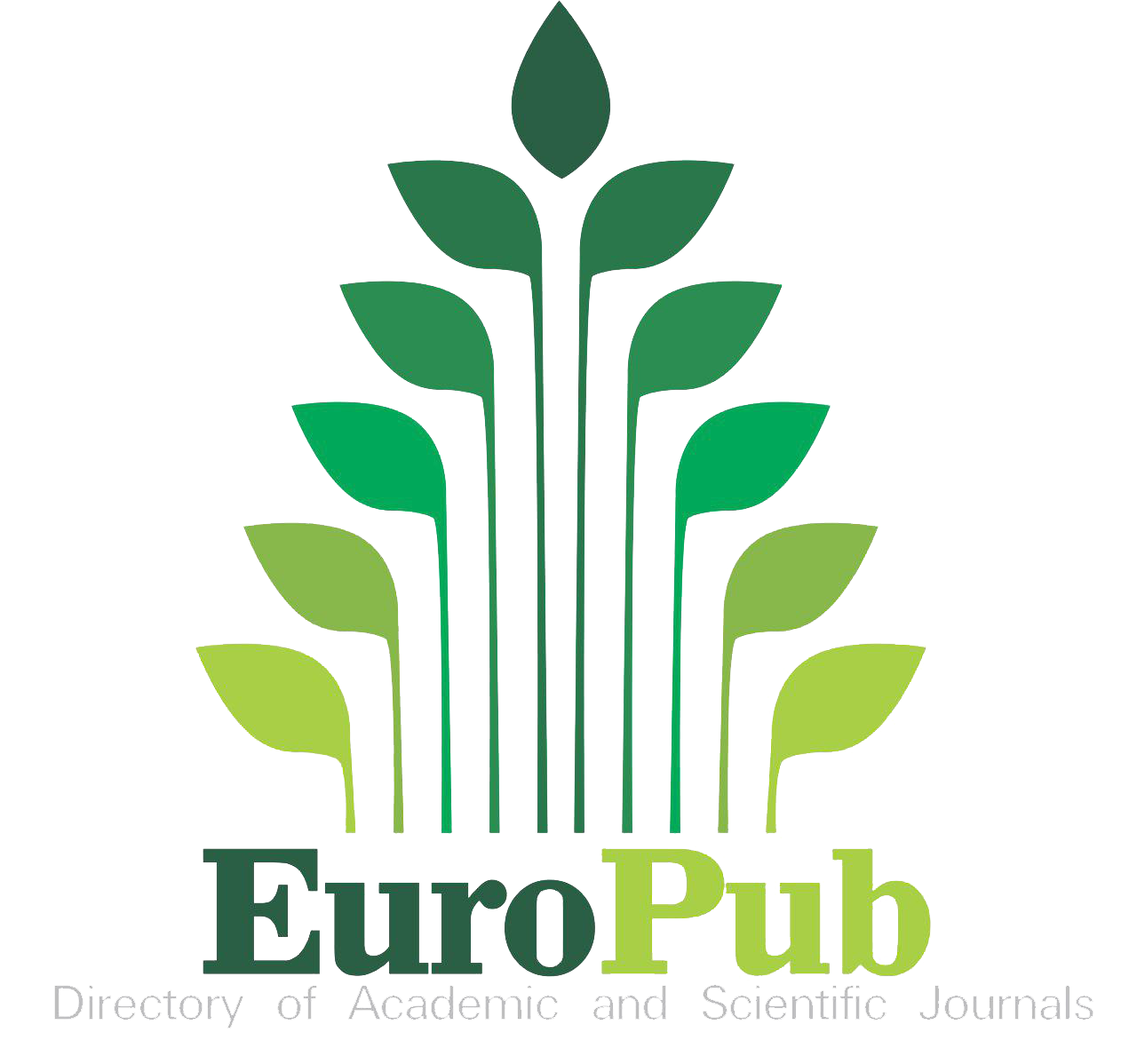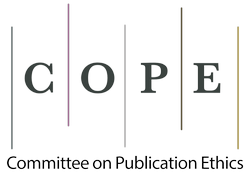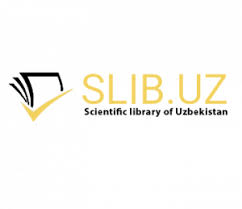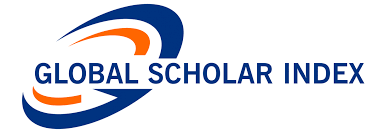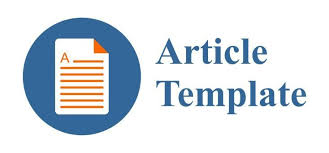SOCIETAL MULTILINGUALISM
Keywords:
Multilingualism, Language policy, Social cohesion, Linguistic diversity, Bilingual education, Language preservation.Abstract
Societal multilingualism refers to the coexistence of multiple languages within a given community or nation. This phenomenon arises due to historical, political, social, and economic factors. This paper explores the dynamics of multilingual societies, the challenges they face, and the benefits they offer. Through an analysis of case studies and linguistic policies, the study highlights how multilingualism can be both a source of social cohesion and conflict. Findings suggest that effective language planning and policies can foster inclusivity and cultural enrichment while mitigating potential disadvantages.
References
1. Kabilova Sayyora Abdukarimovna. (2023). THEORETICAL FOUNDATIONS OF THE STUDY EUPHEMISMS. Proceedings of International Conference on Modern Science and Scientific Studies, 2(6), 119–123. Retrieved from https://econferenceseries.com/index.php/icmsss/article/view/2256
2. Sayyora, Kabilova. "Metaphor in Newspapers." JournalNX, vol. 7, no. 1, 2021, pp. 210-214.
3. Tucker, G. Richard (1999), A Global Perspective on Bilingualism and Bilingual Education (PDF), Carnegie Mellon University, archived from the original (PDF) on 15 December 2019, retrieved 8 May 2018
4. ^ Valdés, Guadalupe (2012). "Multilingualism". Linguistic Society of America. Archived from the original on 26 March 2023. Retrieved 7 September 2016.
5. ^ "Europeans and their languages, a survey co-ordinated by the European Commission" (PDF). European Commission. Archived (PDF) from the original on 5 February 2016. Retrieved 15 November 2016.
6. ^ "The importance of multilingualism". multilingualism.org. Archived from the original on 28 August 2010. Retrieved 16 September 2010.
7. ^ "Polyglot". Free Online Dictionary, Thesaurus and Encyclopedia. Thefreedictionary.com. Retrieved 10 July 2010.
8. ^ Kennison, Shelia M. (30 July 2013). Introduction to language development. Los Angeles: SAGE Publications. ISBN 978-1-4129-9606-8. OCLC 830837502.

